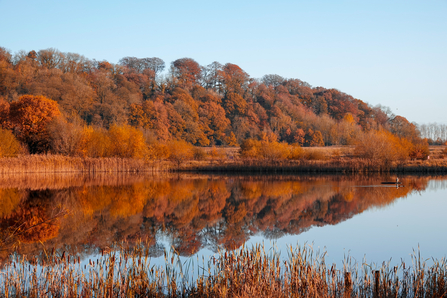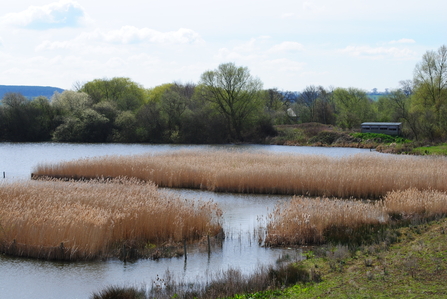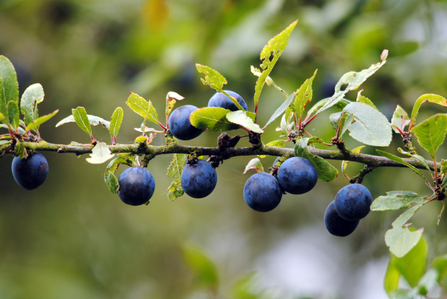
Dave Bennion
Boilton wood illustrates the diversity of plant life on offer at Brockholes, the ancient woodland is made up of a vast array of tree species, and during the spring is draped in a majestic carpet of bluebells. Although, bluebells are common place in woodland around the British Isles, this does little to diminish their awe inspiring beauty. And Boilton wood is the perfect place to admire one of nature’s great sights. With tall and noble beech trees and powerful English oak, Boilton wood is picture perfect throughout the year, however it is particularly endearing during the autumn months when it transforms into a spectacular image of muted coppers and orange.



